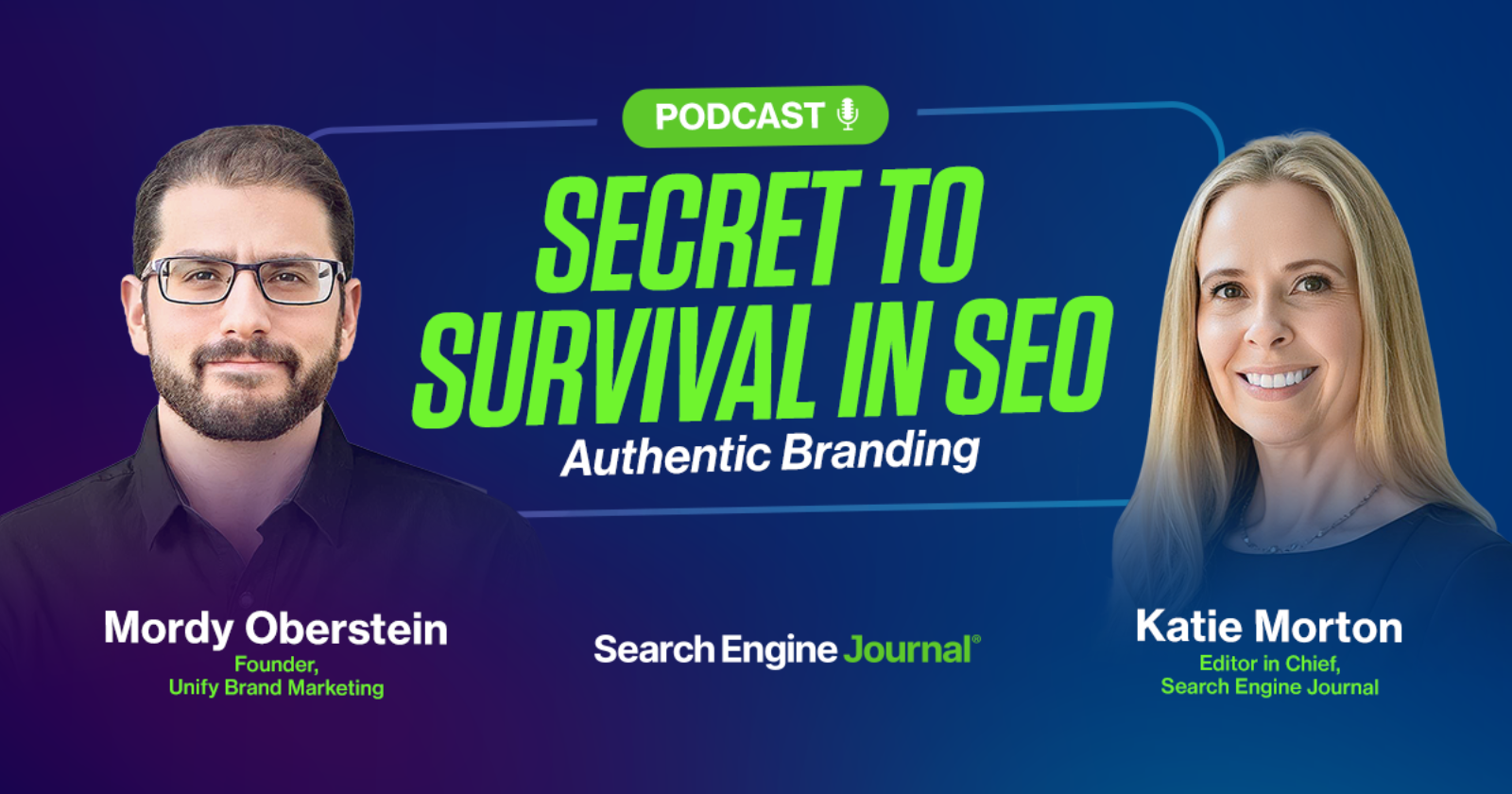Digital Marketing Agency Onboarding Process Explained (With a Downloadable Checklist)
Streamlining your digital marketing agency’s onboarding process is one of the most important yet overlooked steps. Luckily, with this guide, you’ll be well-equipped to provide your clients with detailed information regarding your marketing endeavors. How your agency handles the...

Streamlining your digital marketing agency’s onboarding process is one of the most important yet overlooked steps. Luckily, with this guide, you’ll be well-equipped to provide your clients with detailed information regarding your marketing endeavors.
How your agency handles the onboarding process has a significant impact on boosting the efficiency and effectiveness of your marketing strategies, and as a result, you’ll be boosting your clients’ satisfaction. In this guide, we’ll first cover client onboarding and its importance. If you are ready, let the non-curvy learning journey with us begin!
What Is Client Onboarding for Marketing Agencies?
Think of client onboarding as the welcome mat for your digital marketing agency. It’s a structured process where you start by gathering all the essential client data but you shouldn’t think that it is limited to gathering mere contact information, as you should be diving deep into:
client’s brand identity target audience market positioning overarching business objectivesOnly by meticulously learning about these aspects of your new client can you gain invaluable insights that will serve as your compass throughout your marketing projects with them.
Client onboarding is also about setting up the necessary systems and tools. You can implement project management software or analytics tools for smooth collaboration. This way, you will kick things off on the right foot and foster open communication and mutual understanding, which are the key ingredients of a successful partnership meal; yum!
Why Is Onboarding Important for Client and Digital Agency Relationships?
Digital agency onboarding is a crucial part of your project management, as it clearly sets the stage for your agency client relationship. When done right, it basically clarifies roles, aligns expectations, and lays down effective communication strategies. This way, you can ensure that everyone is on the same page for the project’s success.
Let’s ask some key questions.
What if you don’t meticulously act during the onboarding process? Then, you’ll face the risk of losing your clients.
So, nailing your digital marketing agency onboarding process not only saves money but also enhances client retention. And a smooth onboarding experience significantly impacts how happy your digital marketing clients are with your service. We know that 82% of clients have walked away from businesses due to poor service, and most client-agency relationships last less than three years.
By making your client’s first experiences positive and streamlined, you can set the stage for longer retention and even more referrals!
Checklist for a Smooth Digital Marketing Agency Onboarding
We’ll cover 7 key steps that you should be putting a checkmark on in your onboarding process for a digital agency. If you are not interested in details, here’s a brief checklist for quick use. However, we suggest comprehending every step in detail first, then saving the checklist for every and each project you’ll be doing for your clients. (You can download our Digital Marketing Agency Onboarding Checklist here!)
1.Gather Client Information with a Kickoff Meeting
You should begin by setting up a strategic planning kickoff meeting. It is a critical step in the onboarding process for online marketing companies and must involve key stakeholders from both your agency and the client’s team to align on goals, timelines, and expectations.
We suggest using this meeting to brainstorm creative ideas and set a clear direction for the project based on the client’s needs and objectives. Consider this meeting as a great opportunity to establish two key elements:
1. how you’ll communicate throughout the project
2. how you’ll track and report the process
This way, you can ensure that everyone is on the same page and minimize the probability of facing issues in the future.
You should also consider using this meeting to discuss the specific online marketing strategies that will be employed, such as social media campaigns, content marketing, SEO, or PPC advertising.
To make the most of this meeting, prepare an agenda in advance that outlines the topics to be discussed and any materials that need to be reviewed, and encourage active participation from both your team and the client’s team to ensure that all perspectives are considered. Finally, end the meeting with a clear action plan and next steps to ensure that momentum is maintained as the project progresses.
2.Assign a Dedicated Account Manager
Assigning a dedicated account manager to oversee the client onboarding process will help you ensure a seamless transition and develop strong client relationships!
The dedicated account manager should have a deep understanding of the client’s business and niche. Only this specialized interest and knowledge can enable your agency to offer tailored solutions and strategic insights.
Another key point regarding account management is giving a sufficient amount of importance to communication skills. As your account manager will be the primary point of contact, that person should be skilled in handling possible issues that may be encountered during the project management process smoothly.
Also, by empowering the account manager with the authority to make decisions and act as a bridge between the client and your agency, you can be sure that there will be clear and consistent communication channels. Their proactive approach and problem-solving abilities are the must-haves in this case.
3.Provide Comprehensive Onboarding Documentation
Sometimes documentation means everything.
Develop comprehensive documentation to 100% be sure that the client always remains informed and engaged throughout the onboarding process. The onboarding document you’ll create should include detailed team member bios, outlining the expertise and roles of each team member involved in the project. You should also provide a clear project timeline, highlighting key milestones and deadlines to keep the client informed of progress.
And don’t forget to include communication protocols in your onboarding document; it should outline how and when the client can expect updates and how they can communicate with your team.
You can also consider creating video tutorials or webinars to explain complex concepts or processes, making it easier for the client to understand the project scope and requirements.
Comprehensive documentation not only helps the client feel supported but also sets clear expectations for the project, reducing the likelihood of misunderstandings or miscommunications.
4.Introduce Key Project Team Members
Not introducing the client to account managers cannot be thought, actually. But don’t forget to meet your clients with the other key team members, such as project managers, and marketing specialists, for the sake of transparency and trust.
When introducing them, clearly define each team member’s role and responsibilities, ensuring the client knows who to contact for specific needs or questions. This proactive approach fosters a positive working relationship between your agency and the client.
5.Ensure Client Access to Necessary Tools
Your new client should have full access to the tools that will be used in the project. These can be project management tools, collaboration platforms, or analytics tools. You should also provide the necessary training or tutorials to help the client become familiar with these tools, as they’ll request to understand how the project is going and what the indicators of success are.
The more you provide them with information about the usage, key metrics, etc. about the tools, the more trust you can build, and as a result, the more your onboarding process becomes streamlined! (Don’t miss out on the chance to demonstrate your commitment to sharing clear information about the project.)
6.Seek Client Feedback for Process Improvement
The ultimate way of getting the lay of the land is by getting feedback from your client. And if they are clear and constructive, you are more than lucky! It can be your golden key to success and improvement.
So, this is why agencies should be chasing after feedback from their clients to identify areas for change and growth. You can gather feedback through surveys, interviews, regular chats, etc.
Use this feedback to refine your onboarding process and address any concerns or issues raised by the client. By demonstrating your willingness to listen and adapt, you will both strengthen your relationship with your client and improve your agency’s processes and services, while also having the opportunity to drive long-term success.
7.Schedule Regular Updates and Check-Ins
Regular updates and check-ins are the backbone of your projects. This is why you should always be open to clear communication, follow up with your client’s thoughts, and inform them about every and every critical change, no matter whether it is negative or positive.
Without regularly updating your clients, there’s no way of tweaking strategies to perfectly meet their goals and needs, which are the key steps to take to build strong bonds with your clients.
During these check-ins, these are your three must-dos:
discuss upcoming milestones review performance metrics adjust strategies as needed based on feedback and dataThis proactive approach will help you keep the project on track and promptly address any issues encountered.
To wrap things up, getting the onboarding process right is key to building strong, lasting relationships with your clients. By following the steps we’ve outlined above, you will be smoothly cooperating with your clients and have better client satisfaction.
The way you handle onboarding can make a big difference in how clients view and interact with your agency. It’s your big chance to start on the right foot and keep building from there, turning good first impressions into lasting partnerships!

 UsenB
UsenB 






























